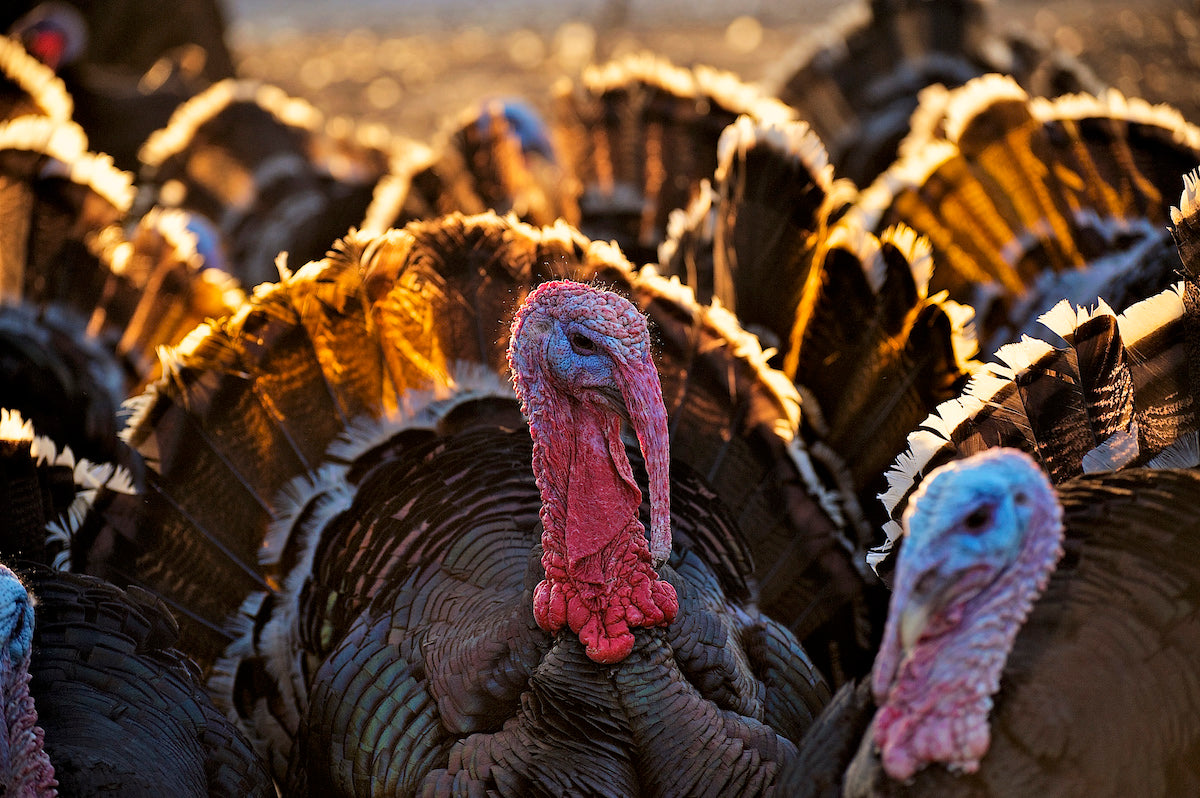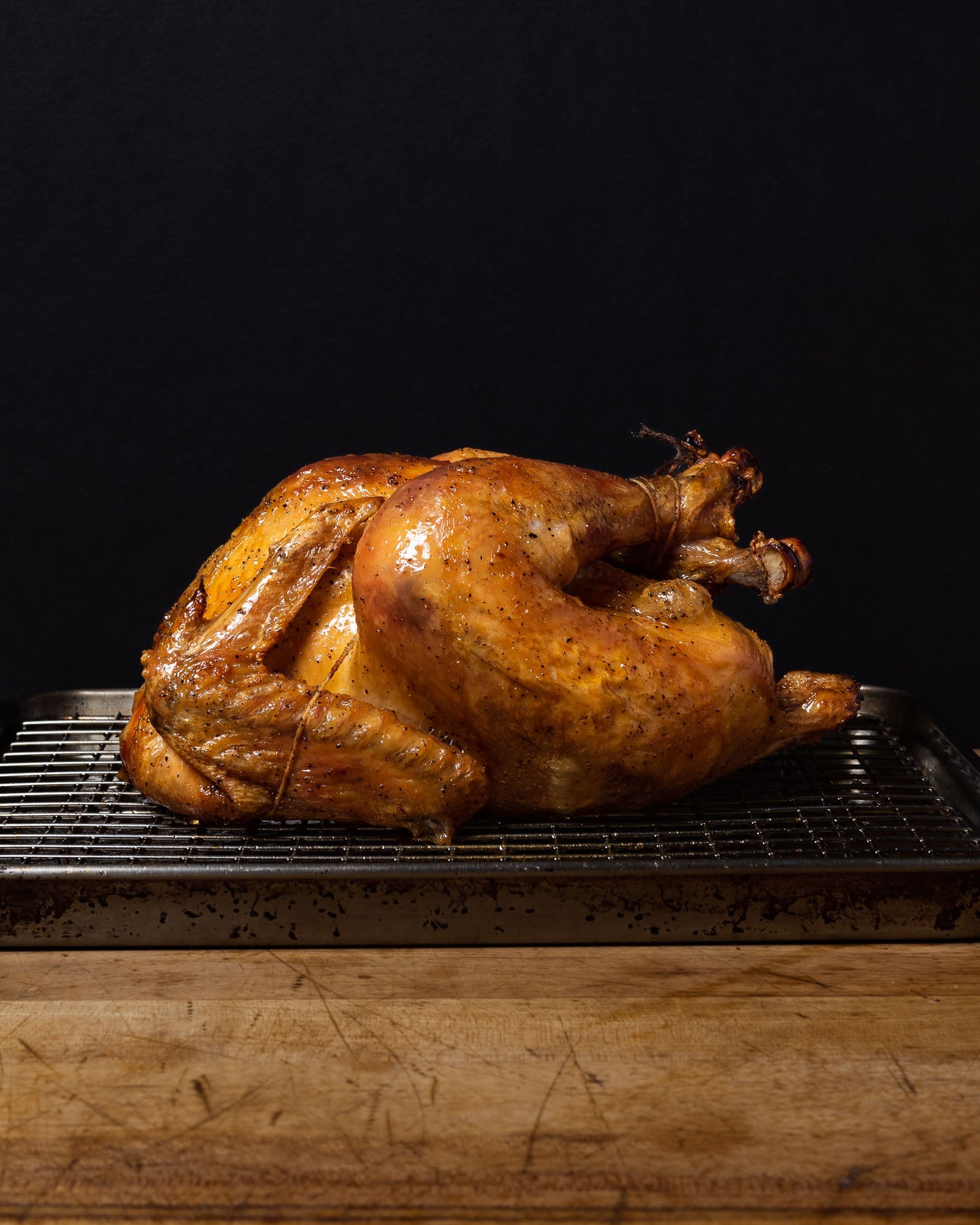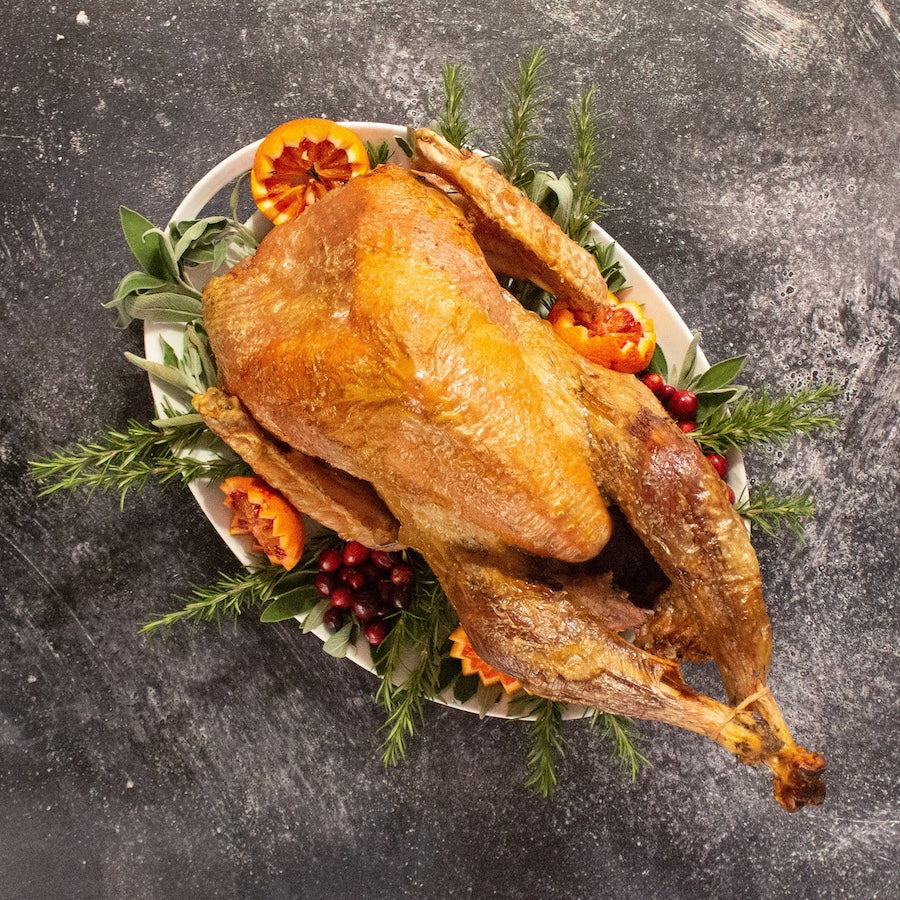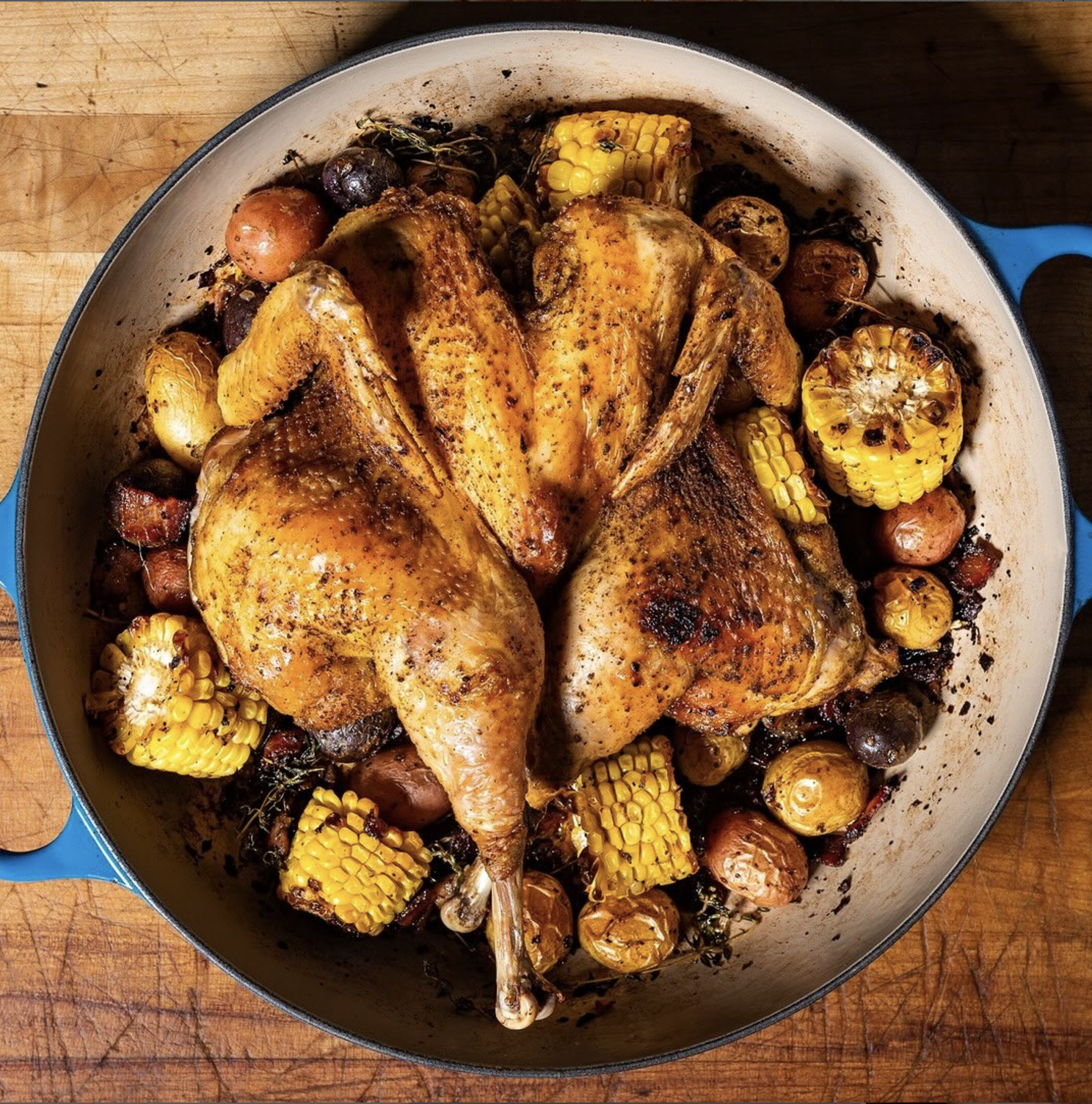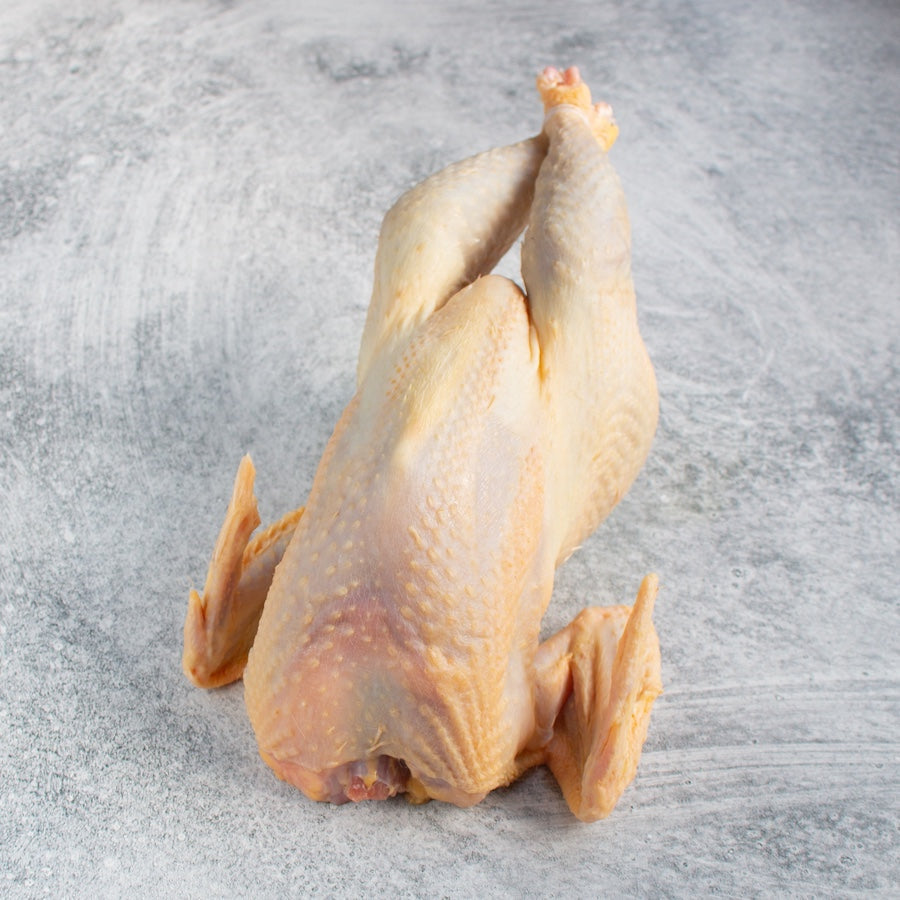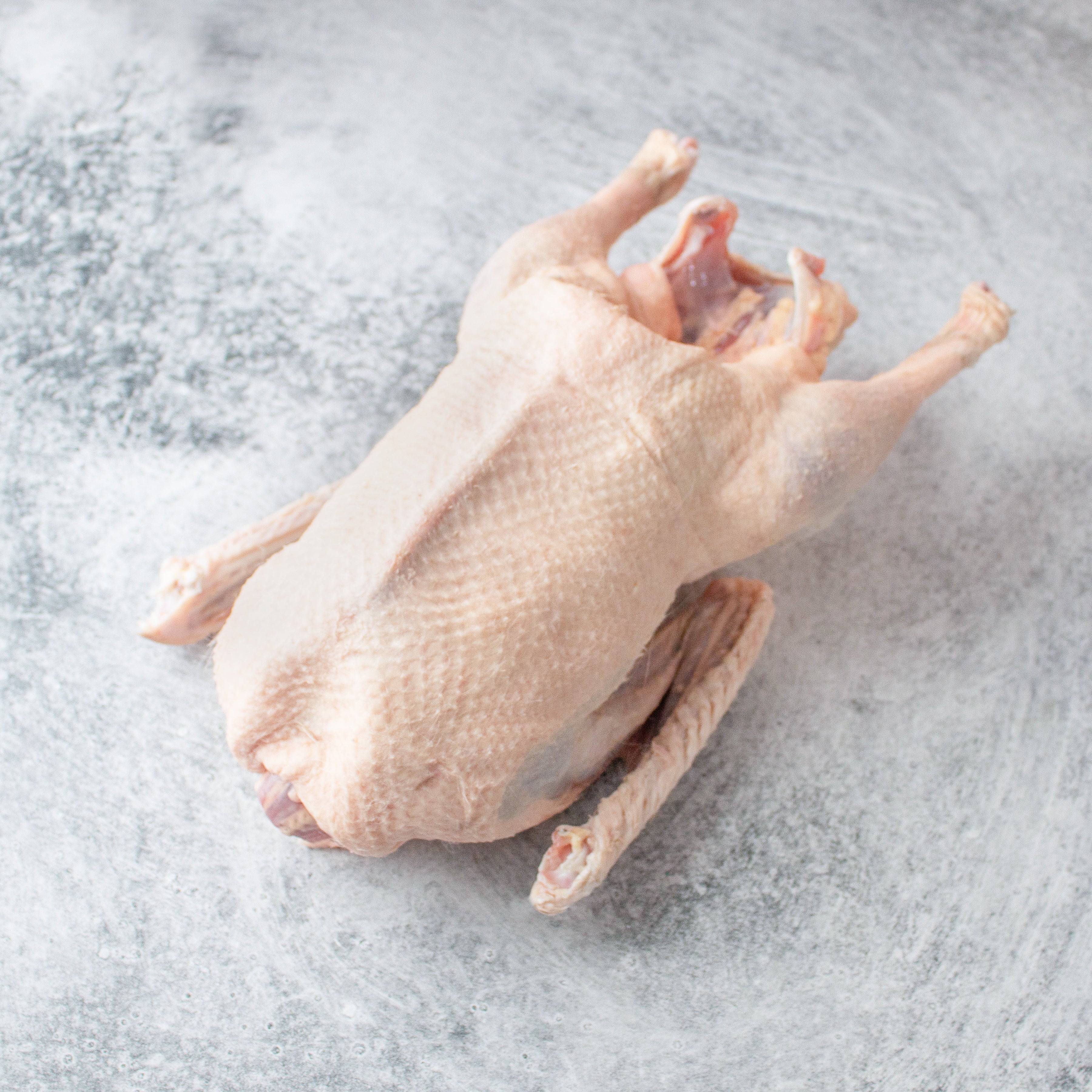There’s a common myth that today’s chicken is pumped full of hormones. But here’s the truth: hormone use in poultry has been illegal in the United States for decades. The real reason modern chickens grow so quickly—and have oversized breasts—is breeding.
In the early 20th century, Americans ate far more beef and pork—around 100 pounds per person annually—while chicken and turkey were considered luxury meats, consumed sparingly. The average person ate just 20 pounds of poultry a year. Today, that’s flipped: Americans eat over 100 pounds of chicken annually, and turkey is more popular than ever while beef and pork are eaten at the same rate as they were.

US Meat Consumption per Capita 1909-2012
From Luxury to Fast Food: What Changed?
Back then, poultry was special. People saved it for Sunday dinners or Shabbat meals. It was expensive—more costly than beef—and was regarded as high-quality meat. Farmers relied on American standardbred chickens like the Barred Rock, New Hampshire, and Delaware, birds developed from global poultry genetics to produce what was widely regarded as the finest chickens in the world. As for turkey, it was uniquely American—originating in North America and prized around the globe for its flavor and richness.
This all changed in the 1950s with the discovery of the "Obese Strain" chicken—a spontaneous genetic mutation in a flock of White Leghorns that caused the birds to rapidly gain weight and store excessive fat. The mutation also cause dwarfisim that led to an enlarged trunk (breasts) and shortened limbs. These birds were initially mixed with healthy birds to lessen the strength of the deadly mutation and then kept to study obeseity in humans.
A normal leghorn is pictured right, an Obese Strain leghorn left and a mix of the two middle.orn is pictured right, an Obese Strain leghorn left and a mix of the two middle.
The Rise of the Cornish Cross
In the 1960s, poultry magnate John Tyson approached Professor Paul Siegel at Virginia Tech to help him breed a faster-growing broiler. Siegel crossed the Obese Strain Leghorn with other fast-growing lines, eventually contributing to the development of what became the Cornish Cross (CX)—the modern industrial chicken.
Today’s CX chicken reaches market weight in just 5–7 weeks. A standardbred heritage bird, by contrast, takes 16–18 weeks to mature. The CX is cheaper, more uniform, and better suited for industrial-scale farming. That’s why over 99% of chickens in America are now Cornish Cross hybrids. Over half of them end up in fast food.
But that speed came at a cost: quality, health, and animal well-being.
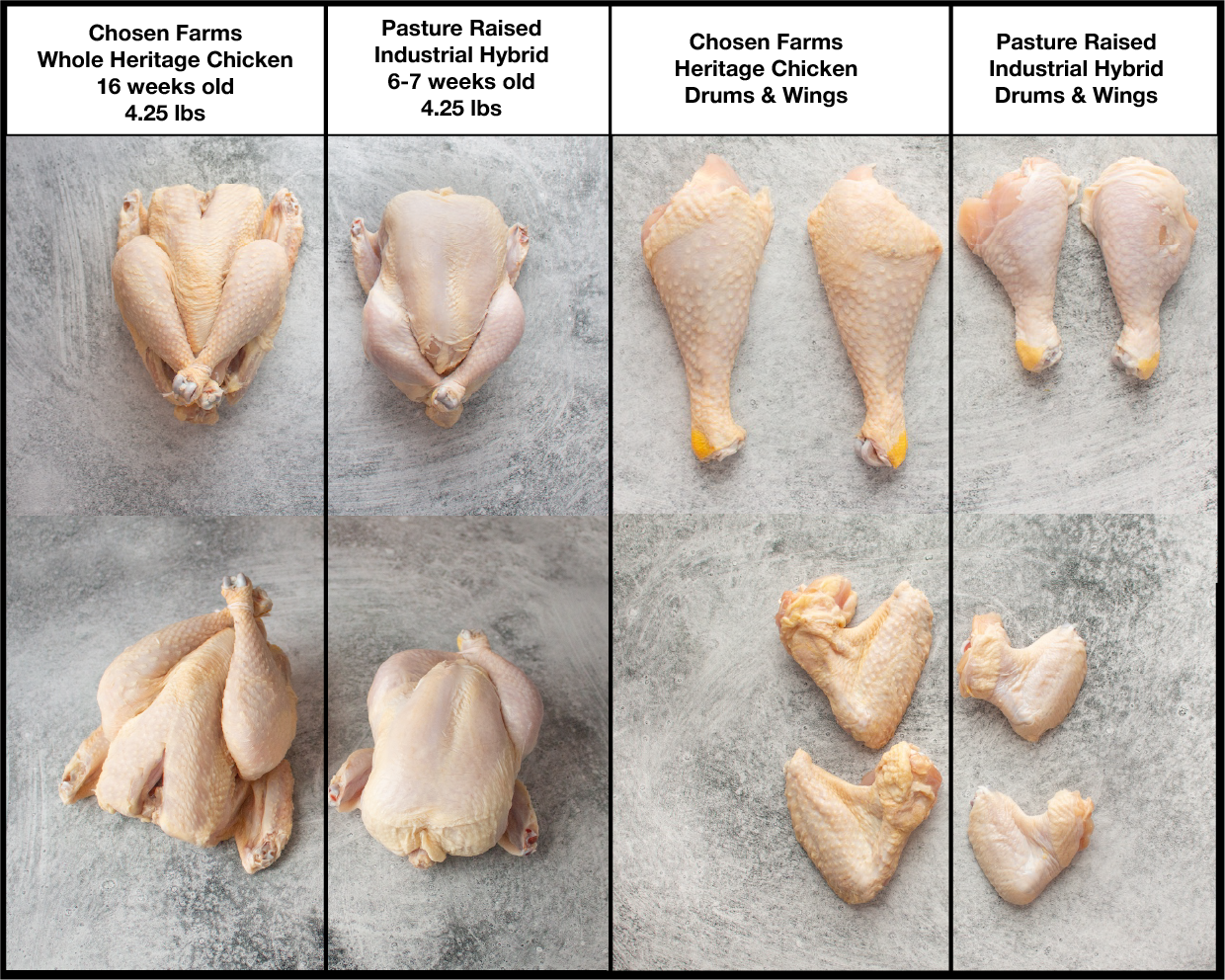
Note the hybrid’s shortened limbs, oversized breasts, thin skin, and unbalanced build compared to the natural form of the heritage bird. The heritage bird’s natural qualities allow it to have a better life, better health, and far superior flavor
What We Lost—and What We’re Bringing Back
The switch to the Cornish Cross destroyed the flavor, texture, and nutritional value that defined chicken for generations. These birds struggle to walk, can’t reproduce naturally, and live short, unhealthy lives. At the same time, true standardbred heritage poultry—once the pride of American farms—nearly disappeared. You can’t find them in stores. And aside from Chosen Farms, there are no kosher producers bringing these birds to the market.
Today’s consumers are waking up to what’s happened. They’re tired of flavorless, rubbery meat. They want healthy kosher meat from animals raised humanely, on pasture, the way food was meant to be.
At Chosen Farms, we’re proud to be leading the return of heritage breed pasture-raised kosher chicken, kosher heritage turkey, and rare items like kosher goose and kosher heritage breed ducks. We're the only kosher farm offering true standardbred poultry—bred, raised, and processed with care and tradition.
We’re not just bringing back the chicken your great-grandparents ate—we’re restoring dignity to kosher food, one bird at a time.




